By Jonathan Nehring | Disclaimer
As wetour the NCAA to look at the large role state income taxes could now play in the NCAA recruiting process, we stop today in the Midwest. First the Big Ten and later today the Big 12.
As wetour the NCAA to look at the large role state income taxes could now play in the NCAA recruiting process, we stop today in the Midwest. First the Big Ten and later today the Big 12.
|
|
If this is your first time stopping by, here are some other articles to get you caught up to speed in the series on the impact state income taxes could have on NCAA recruiting.
|
The Big Ten has the smallest variance between the highest taxed school and the lowest taxed school within their conference. This could mean the Big Ten, unlike the SEC or PAC-12, would become the most “competitively balanced” conference should NCAA athletes be paid.
Although the Big Ten may benefit from little variation among teams within their conference, they will face stiff competition from teams outside their conference – only teams in the Big East or PAC-12 will average higher state income taxes than the Big Ten.
The biggest contributor to the Big Ten high average tax rates results from the high taxes of both Minnesota and Iowa – home to the Big Ten’s Gophers and Hawkeyes. Minnesota Gophers’ football players will bear the 9th highest tax rate among NCAA football programs while their basketball players will owe the 12th most of any basketball program.
Although the Big Ten may benefit from little variation among teams within their conference, they will face stiff competition from teams outside their conference – only teams in the Big East or PAC-12 will average higher state income taxes than the Big Ten.
The biggest contributor to the Big Ten high average tax rates results from the high taxes of both Minnesota and Iowa – home to the Big Ten’s Gophers and Hawkeyes. Minnesota Gophers’ football players will bear the 9th highest tax rate among NCAA football programs while their basketball players will owe the 12th most of any basketball program.
Aside from the Oregon and California schools, the Gophers only trail their Iowa conference mates in state income tax burdens. Speaking of the Hawkeyes, while their basketball players will owe the 10th highest taxes, their football program will face even tougher upcoming challenges in recruiting. At the estimated football income rate, the 11-time Big Ten Champions will owe the 3rd most in state income taxes.
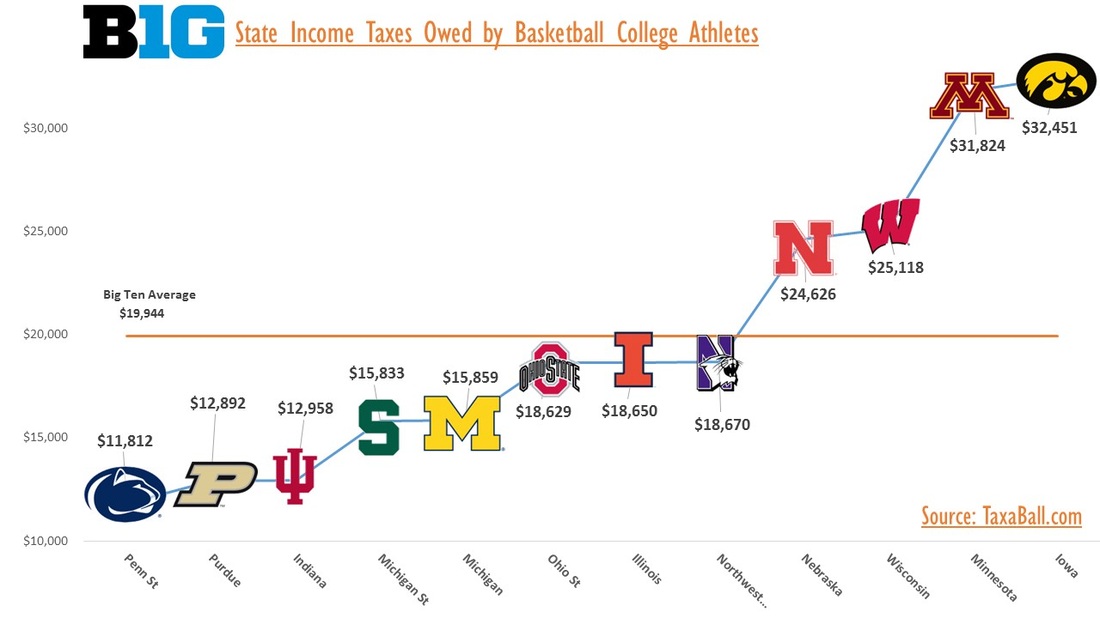
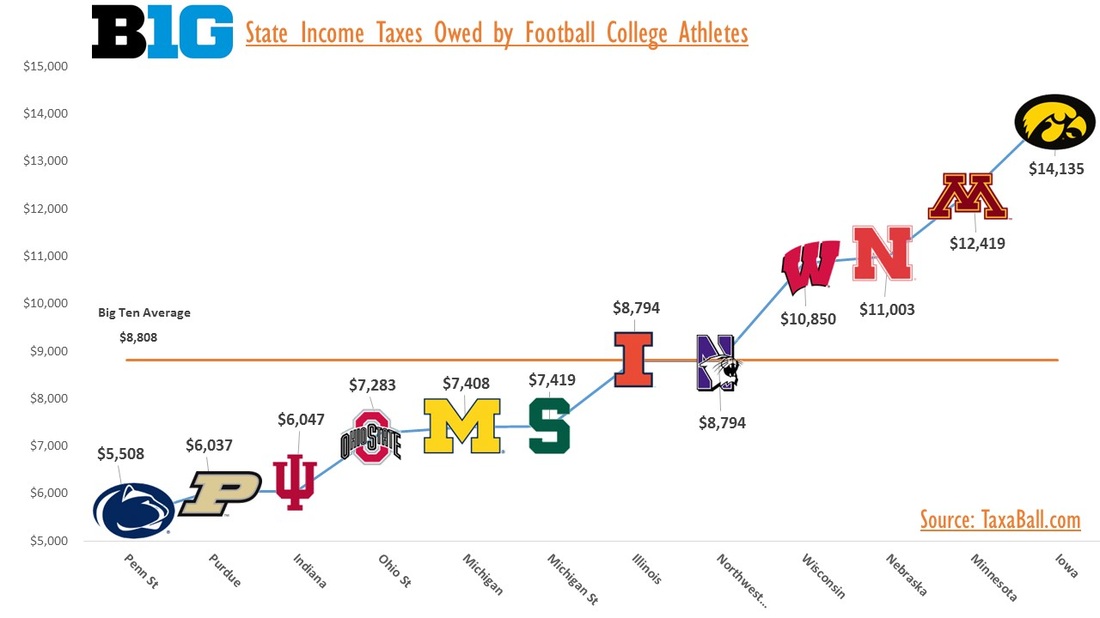
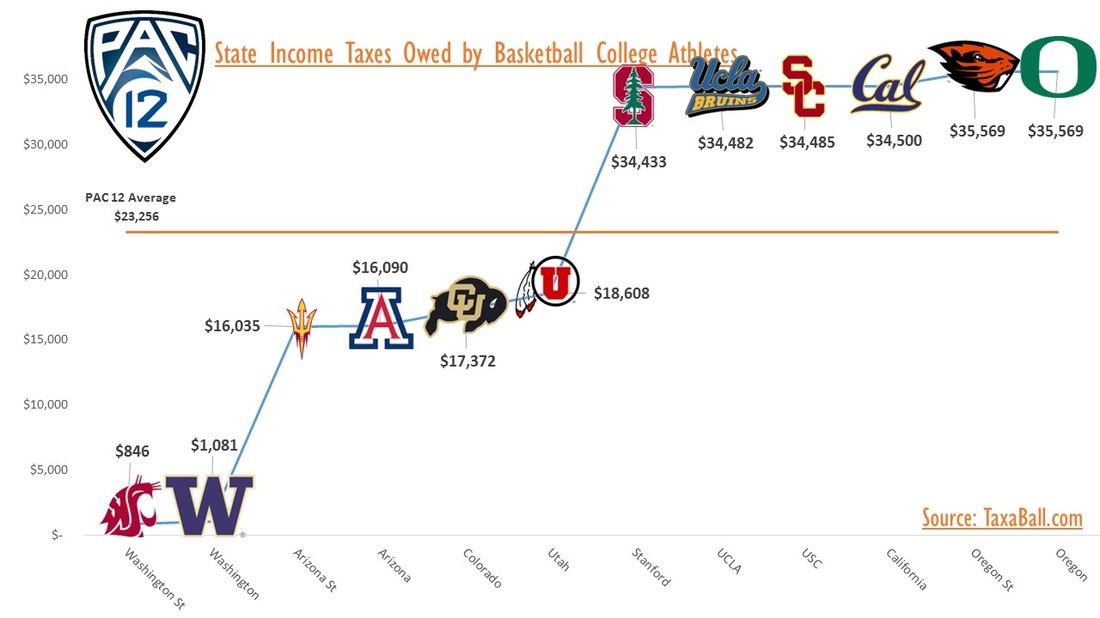
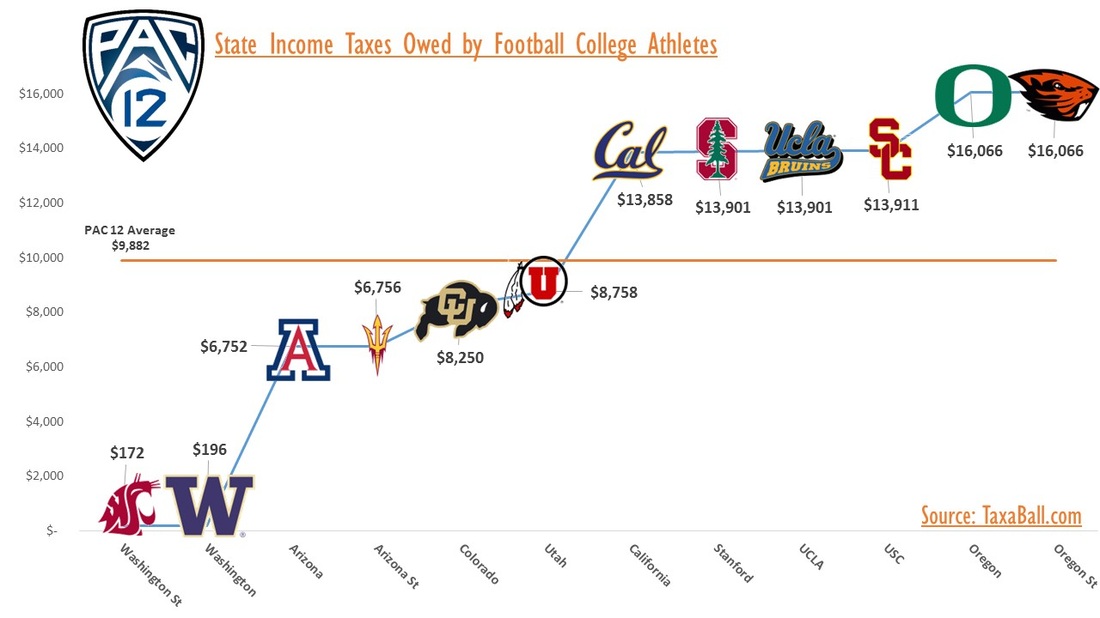
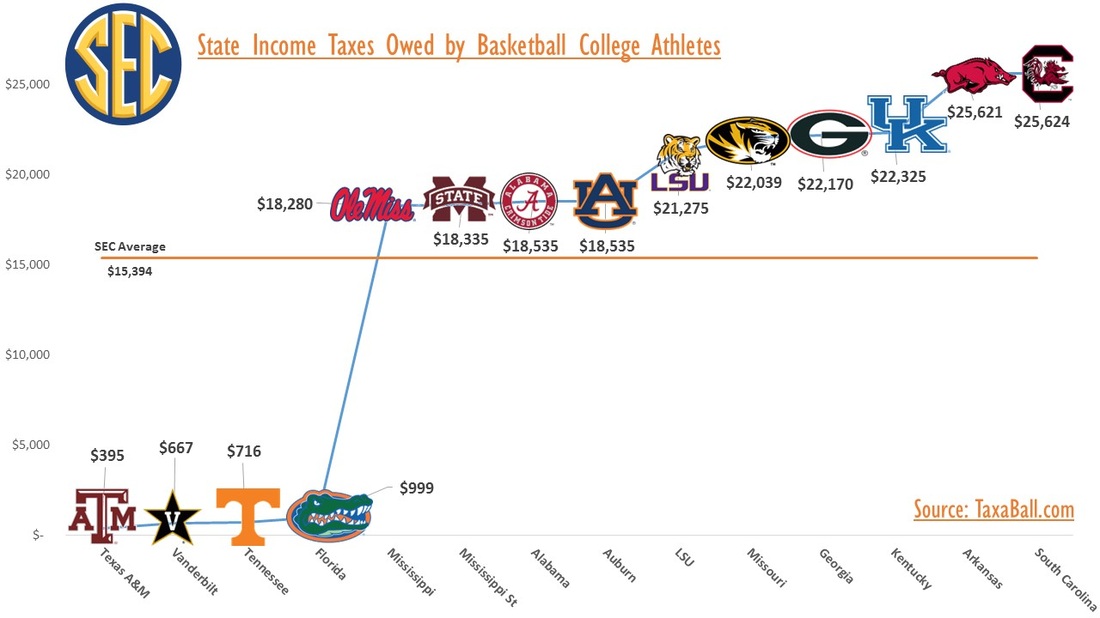
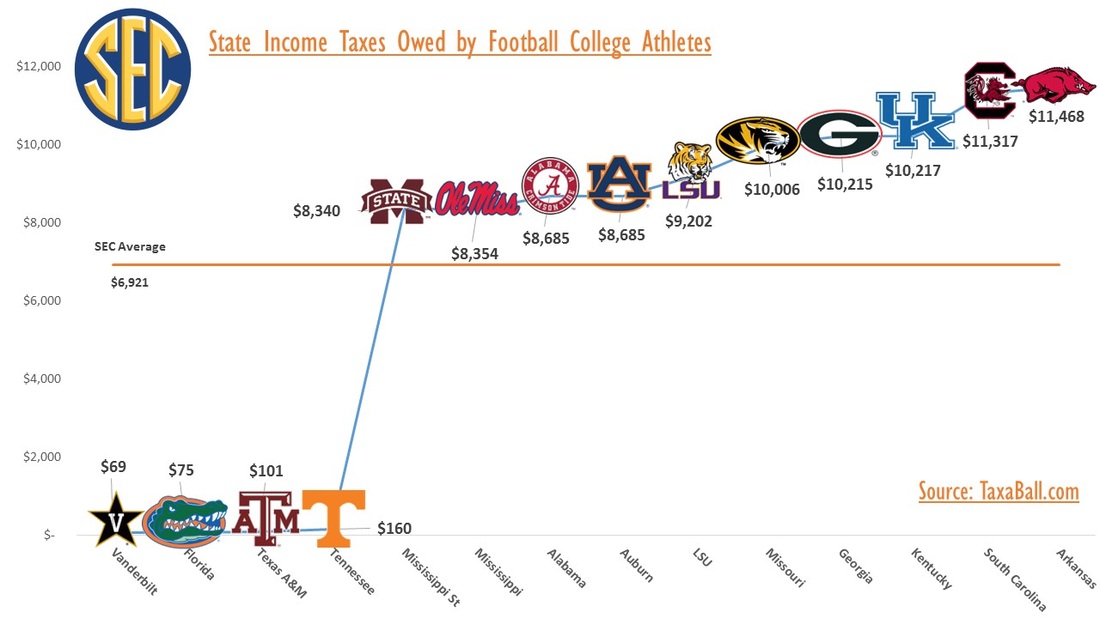
 RSS Feed
RSS Feed